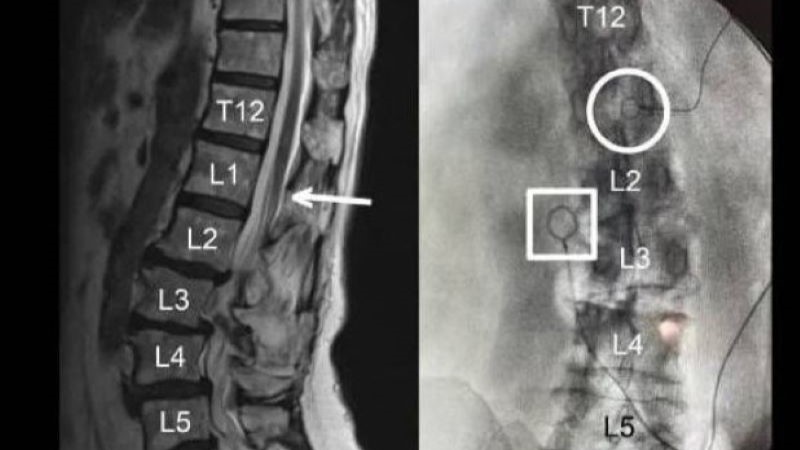
A retrospective study published in The Journal of Arthroplasty compared narcotic consumption habits between opioid-naïve total hip arthroplasty (THA) and total knee arthroplasty (TKA) patients.
“Total knee arthroplasty (TKA) is associated with increased risk of prolonged narcotic requirement compared to total hip arthroplasty (THA). This study aims to compare acute postoperative narcotic consumption between the two procedures and quantify amount of narcotics used by opioid prescribed,” explained the authors.
To do this, they surveyed THA and TKA patients between October 2017 and August 2019 four weeks after surgery to determine the amount and duration of opioids used, as well as whether they still needed narcotics. There were 1,332 patients who classified themselves as opioid-naïve and underwent either THA (n=670) or TKA (n=662).
During the postoperative period, the total morphine equivalent dose (MED) was lower in the THA group than the TKA group (143 MED vs. 259 MED; P<0.001). Regardless of the specific opioid prescribed, THA patients had a shorter duration of use, lower total amount of pills consumed, and lower refill rates. At four-week follow-up, fewer THA patients required narcotics than TKA patients. For THA patients, a postoperative prescription of 45 pills of any one narcotic was enough for close to 90% of the group. For TKA patients, 60 pills was sufficient for more than 75% of patients.
“THA is associated with less total narcotic consumption, shorter duration of use, less refills, and lower likelihood of requiring narcotics at four-week follow up. Percentiles of total narcotics consumed are provided to promote judicious postoperative prescribing patterns, and one could consider further reducing narcotics when utilizing our protocol, particularly for THA patients,” summarized the study authors.
What About Outcomes for Preoperative Opioid Users?
A previous study found a correlation between preoperative opioid use and poorer total joint arthroplasty (TJA) outcomes.
The review therefore sought to evaluate how preoperative opioid use impacts patient-reported outcomes (PROs) in TJA patients. The study authors queried Ovid, Embase, Cochrane Library, Scopus, Web of Science Core Collection, and CINAHL for studies comparing preoperative and postoperative PROs in total knee arthroplasty (TKA) and total hip arthroplasty (THA) patients prescribed preoperative opioids to those without a prior prescription. The primary outcome was absolute and relative difference in PRO scores based on preoperative opioid exposure. The secondary outcomes included the prevalence of preoperative opioid use, the definition of preoperative opioid use, postoperative opioid rates based on preoperative use, and postoperative health services requirements. The final analysis included six retrospective cohort studies with a total of 7,356 TJA patients; follow-up ranged from a mean six months to 58 months.
Of the total patient cohort, 24.4% had a preoperative opioid prescription. In all six studies, these patients had worse absolute postoperative PROs. Five of the studies reported a smaller relative change in PRO score among preoperative opioid users compared to those without a preoperative prescription.
The study authors concluded that while preoperative opioid users who undergo TJA have worse outcomes compared to opioid-naïve patients, they still benefit from the surgery.







 © 2025 Mashup Media, LLC, a Formedics Property. All Rights Reserved.
© 2025 Mashup Media, LLC, a Formedics Property. All Rights Reserved.